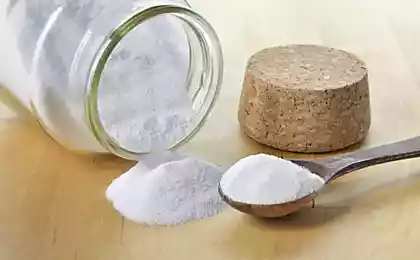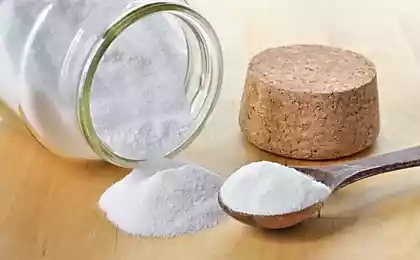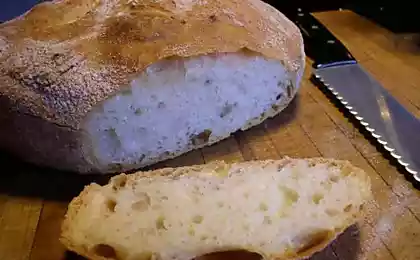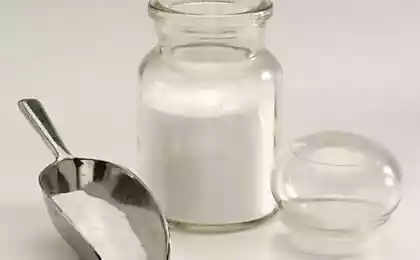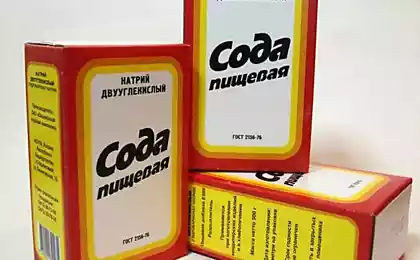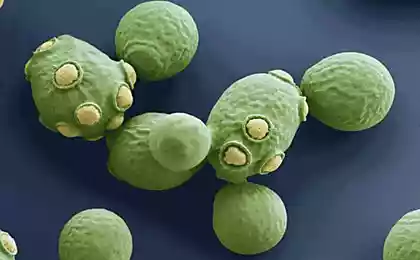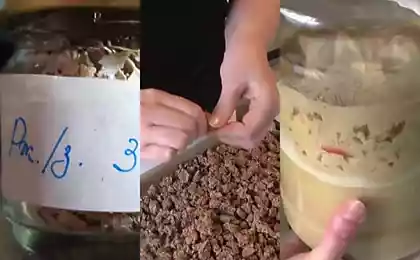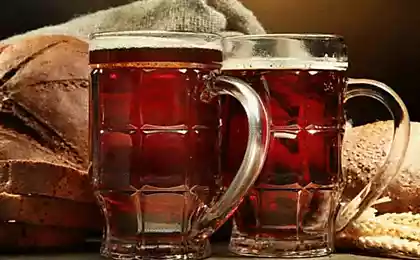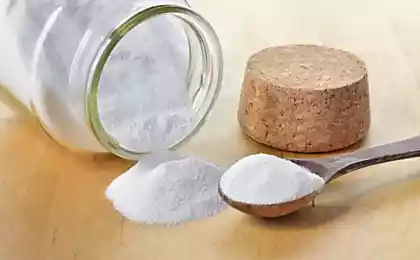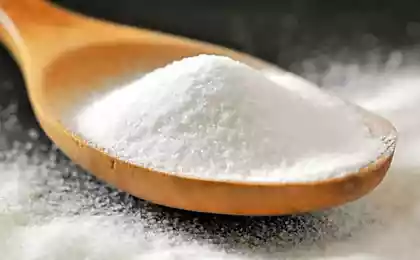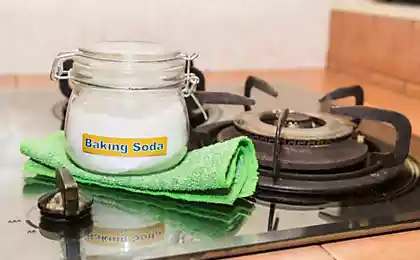206
A great guide to the use of soda, mustard and yeast in the garden
There are many fertilizers and pest remedies on the market, but if you do not have time and desire to understand them, you can resort to the usual means, no less effective. Soda is a natural antiseptic, so it is widely used in everyday life. Soda for the garden can also be very useful. Solution based on soda can drive annoying slugs, insects and other vegetable pests. Along with soda, mustard and nutritional yeast work well. Today we will tell you where and how you can use natural remedies for a good harvest.
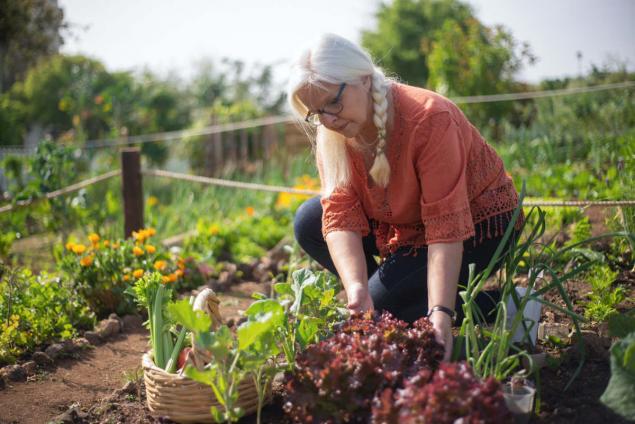
Soda can be treated with any crop without harm to human health and the environment. Soda solution removes floury plaque from the leaves of cucumbers, squash, pumpkins. To get rid of rot on grapes or prevent it, the leaves and fruits of grapes should be sprayed with a solution of soda with an interval of 14 days.
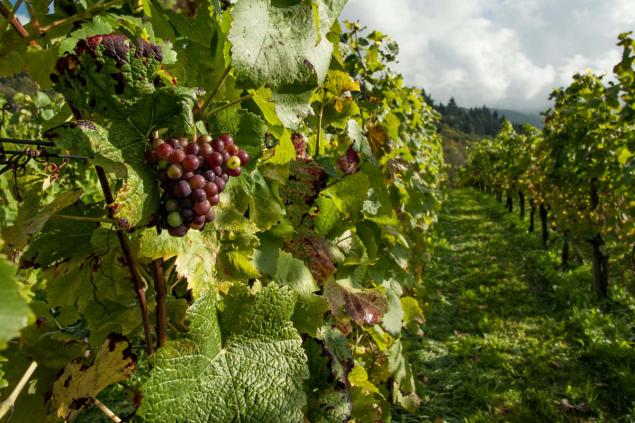
After planting, the tomato will not be superfluous to spray the seedlings with water with soda to prevent phytophthorosis. Gardeners argue that the prevention of phytophthrosis mannogo more effective than the fight against the problem.
If the leaves on cucumbers begin to turn yellow, once a week you need to water them at the roots with a weak soda solution. For 10 liters of water, 1 tbsp of soda is enough to prevent yellowness.
Caterpillars are fighters of all landings in the garden and garden. To get rid of caterpillars in trees, you need to dilute 5 tbsp of soda in a bucket of water and moisten the crown of a tree from a sprayer. The procedure should be repeated after 3 days to consolidate the effect. Cabbage caterpillars and slugs also dislike soda, so cabbage leaves can be powdered with dry soda or poured into places where slugs accumulate and on the perimeter of the bed. Aphids, weevils, ants quickly leave the beds with soda.
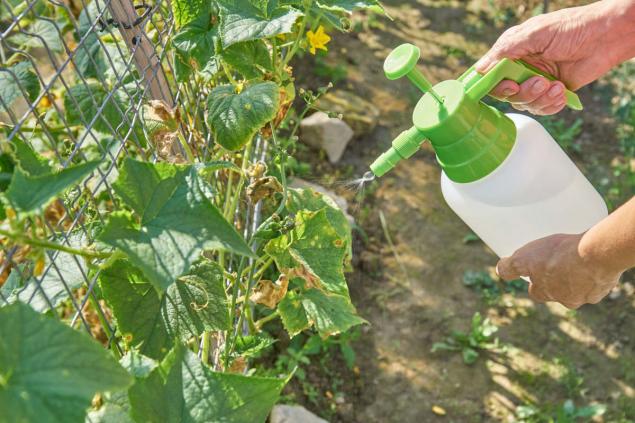
Mustard from pests Strawberries, cabbage, slug tomatoes do not favor. But mustard powder will quickly send hungry pests home. Mustard can be used to scare away aphids, fruit grinders, fire and sawer. To do this, 100 g of mustard powder should be diluted in 10 liters of boiling water. Mustard solution should be insisted for 24 hours, and then add a soap solution in a ratio of 1: 1. Not so long ago we wrote about how to use soap in the garden.
Mustard water can be sprayed fruit trees and shrubs once every 2 weeks. The last spraying can be carried out 2 weeks before harvest. If a Colorado beetle gets into your garden, mustard will stop it too. Remember that the Colorado beetle quickly gets used to pest remedies, and mustard is no exception, but if you have not yet used it on the site, now is the time. In 10 liters of water, solve 100 g of mustard powder and 50 g of household soap, add 100 g of acetic acid and strain solution. Now they can spray potatoes, eggplant and tomatoes.
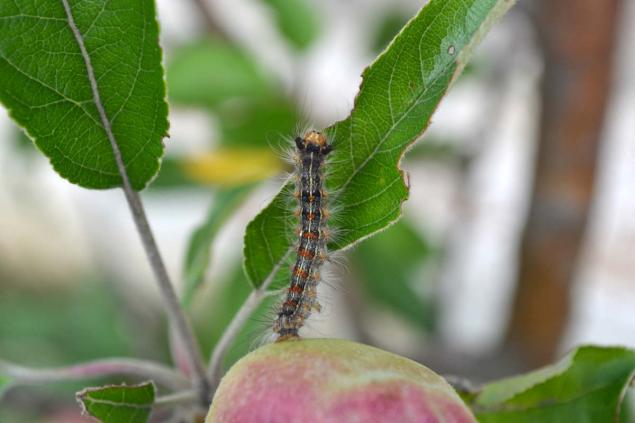
Mustard powder can still be used as a fertilizer, as it improves the structure of the soil, disinfects the site and ennobles the soil. Mustard also creates a mulching layer and prevents weeds from growing. To use mustard for this purpose, mustard seeds must be planted at a distance of 10 cm from the seeds and 20 cm between the rows. Mustard sprouts will appear in 5 days.
After such a procedure, the main culture on the ennobled plot can be planted 1-2 months after mowing the siderate. In the same way, you can disinfect the soil in the greenhouse after harvesting in autumn.
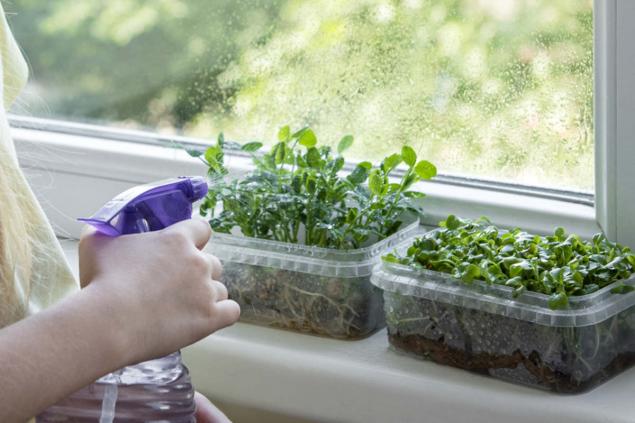
Bread yeast is best suited for fertilizing domestic, decorative and fruit crops. All plants, except potatoes, garlic and onions, can be fertilized with yeast. To feed the seedlings, you need to dissolve 200 g of yeast in 1 liter of water and let them brew for several hours. The resulting composition should be diluted in 10 liters of water and pour them seedlings.
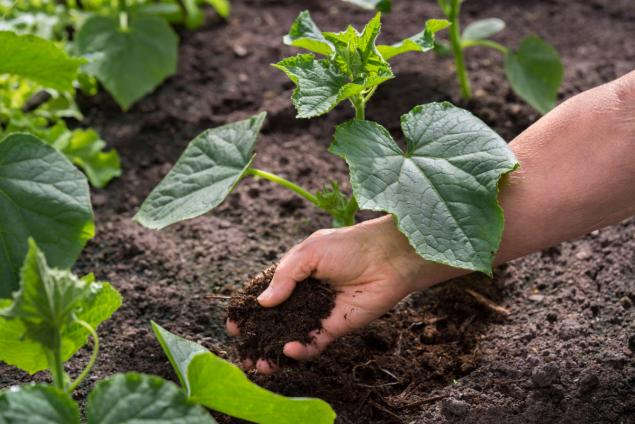
Tomatoes with yeast should be fed in 3 stages. A week after planting the culture, you need to pour a yeast solution of the bed with tomatoes. 100 g of yeast dilute in 10 liters of water and add 2 tbsp of sugar. After 2 hours, leaven should be diluted in 50 liters of water and pour it into the beds. The second time feeding is carried out after the rooting of the bushes. And for the third time tomatoes are fed before flowering. Yeast can be fed: cucumbers, pepper, strawberries, cabbage and flowers. A solution of yeast contributes to the rooting of cuttings. In the solution, the cuttings are soaked for a day. They are then transferred to a container of clean water. So you can root roses, as well as decorative and berry shrubs.
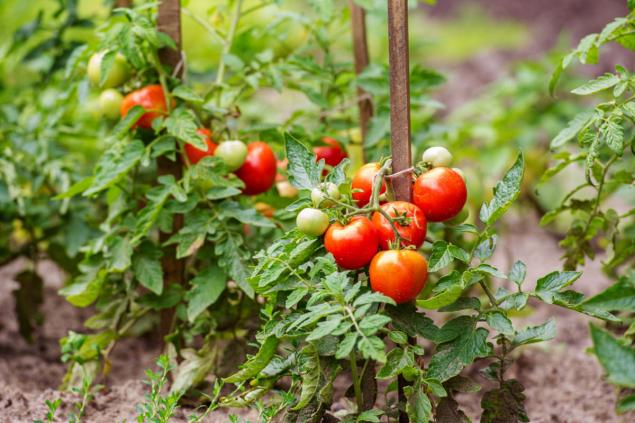
The garden from pests can be protected beautifully. The fact is that there are flowers that scare insects from the garden. Plant velvets in the spring to scare off insects. Such flowers are good to plant near strawberries, cucumbers, onions. Flowers save plants from aphids, midges, ants and caterpillars. Calendula has the same properties, it can be planted near berries and vegetables. How do you protect your garden from pests?

Soda can be treated with any crop without harm to human health and the environment. Soda solution removes floury plaque from the leaves of cucumbers, squash, pumpkins. To get rid of rot on grapes or prevent it, the leaves and fruits of grapes should be sprayed with a solution of soda with an interval of 14 days.

After planting, the tomato will not be superfluous to spray the seedlings with water with soda to prevent phytophthorosis. Gardeners argue that the prevention of phytophthrosis mannogo more effective than the fight against the problem.
If the leaves on cucumbers begin to turn yellow, once a week you need to water them at the roots with a weak soda solution. For 10 liters of water, 1 tbsp of soda is enough to prevent yellowness.
Caterpillars are fighters of all landings in the garden and garden. To get rid of caterpillars in trees, you need to dilute 5 tbsp of soda in a bucket of water and moisten the crown of a tree from a sprayer. The procedure should be repeated after 3 days to consolidate the effect. Cabbage caterpillars and slugs also dislike soda, so cabbage leaves can be powdered with dry soda or poured into places where slugs accumulate and on the perimeter of the bed. Aphids, weevils, ants quickly leave the beds with soda.

Mustard from pests Strawberries, cabbage, slug tomatoes do not favor. But mustard powder will quickly send hungry pests home. Mustard can be used to scare away aphids, fruit grinders, fire and sawer. To do this, 100 g of mustard powder should be diluted in 10 liters of boiling water. Mustard solution should be insisted for 24 hours, and then add a soap solution in a ratio of 1: 1. Not so long ago we wrote about how to use soap in the garden.
Mustard water can be sprayed fruit trees and shrubs once every 2 weeks. The last spraying can be carried out 2 weeks before harvest. If a Colorado beetle gets into your garden, mustard will stop it too. Remember that the Colorado beetle quickly gets used to pest remedies, and mustard is no exception, but if you have not yet used it on the site, now is the time. In 10 liters of water, solve 100 g of mustard powder and 50 g of household soap, add 100 g of acetic acid and strain solution. Now they can spray potatoes, eggplant and tomatoes.

Mustard powder can still be used as a fertilizer, as it improves the structure of the soil, disinfects the site and ennobles the soil. Mustard also creates a mulching layer and prevents weeds from growing. To use mustard for this purpose, mustard seeds must be planted at a distance of 10 cm from the seeds and 20 cm between the rows. Mustard sprouts will appear in 5 days.
After such a procedure, the main culture on the ennobled plot can be planted 1-2 months after mowing the siderate. In the same way, you can disinfect the soil in the greenhouse after harvesting in autumn.

Bread yeast is best suited for fertilizing domestic, decorative and fruit crops. All plants, except potatoes, garlic and onions, can be fertilized with yeast. To feed the seedlings, you need to dissolve 200 g of yeast in 1 liter of water and let them brew for several hours. The resulting composition should be diluted in 10 liters of water and pour them seedlings.

Tomatoes with yeast should be fed in 3 stages. A week after planting the culture, you need to pour a yeast solution of the bed with tomatoes. 100 g of yeast dilute in 10 liters of water and add 2 tbsp of sugar. After 2 hours, leaven should be diluted in 50 liters of water and pour it into the beds. The second time feeding is carried out after the rooting of the bushes. And for the third time tomatoes are fed before flowering. Yeast can be fed: cucumbers, pepper, strawberries, cabbage and flowers. A solution of yeast contributes to the rooting of cuttings. In the solution, the cuttings are soaked for a day. They are then transferred to a container of clean water. So you can root roses, as well as decorative and berry shrubs.

The garden from pests can be protected beautifully. The fact is that there are flowers that scare insects from the garden. Plant velvets in the spring to scare off insects. Such flowers are good to plant near strawberries, cucumbers, onions. Flowers save plants from aphids, midges, ants and caterpillars. Calendula has the same properties, it can be planted near berries and vegetables. How do you protect your garden from pests?
Fresh forecast of tarologist Lyudmila Khomutovskaya
Famous numerologist Vladislav Gritsai told when everything will be solved, the dates are already known
